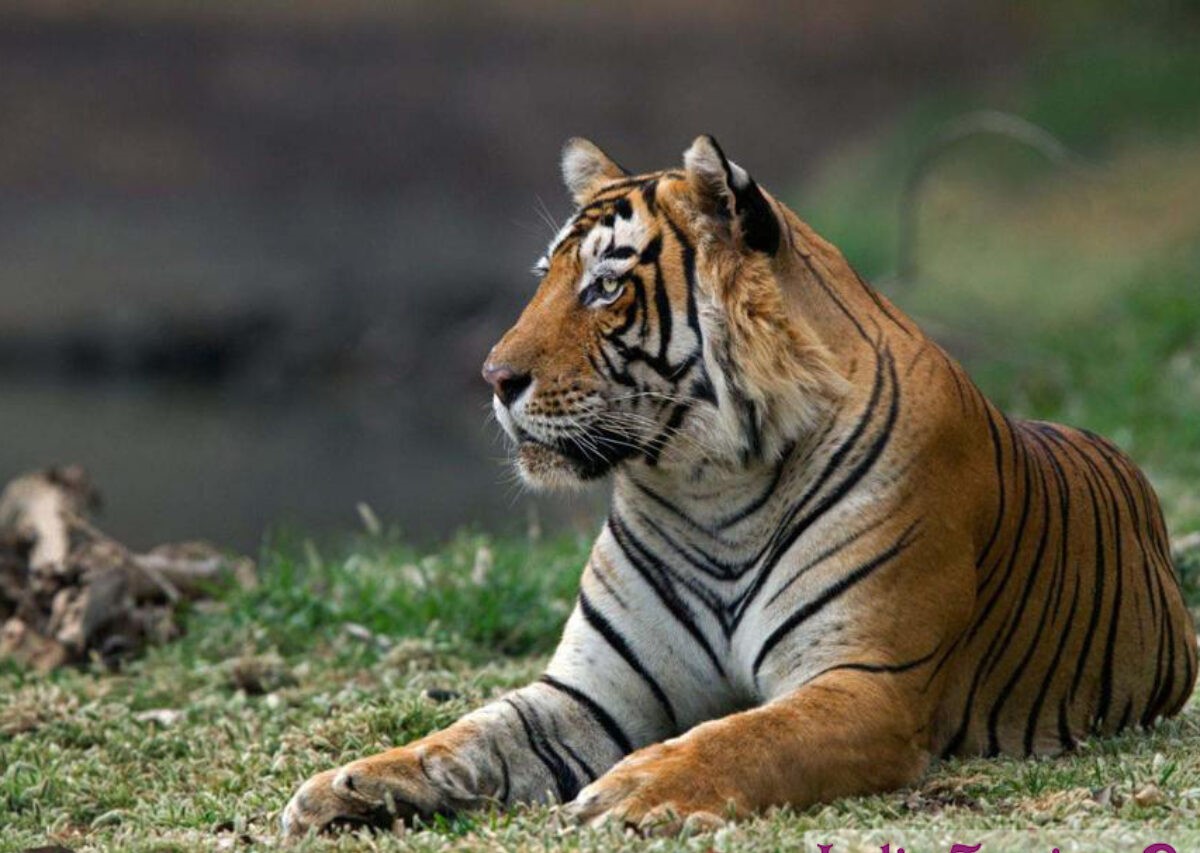Biodiversity
Biodiversity of Ranthambhore Tiger Reserve
Ranthambhore Tiger Reserve is renowned for its rich biodiversity, making it one of the most diverse and significant wildlife sanctuaries in India. The reserve's diverse ecosystems, ranging from dry deciduous forests to open grasslands and lakes, support a wide array of flora and fauna. it also Known for its thriving population of Bengal tigers, Ranthambore Tiger Reserve is a biodiversity hotspot, home to various other wildlife species, including leopards, sloth bears, deer, and a wide variety of birds. Its unique location, historical significance, and abundant wildlife make Ranthambore a premier destination for nature enthusiasts and wildlife lovers from around the world. Here are some key aspects of the biodiversity found in Ranthambhore Tiger Reserve:
Bengal Tigers: The reserve is famous for its tiger population, and the majestic Bengal tiger (Panthera tigris tigris) is the star attraction. Ranthambhore is considered one of the best places in India to spot tigers in their natural habitat.
Leopards: Besides tigers, the reserve is also home to a healthy population of leopards (Panthera pardus). Though more elusive than tigers, leopards can be spotted in the dense forests and rocky terrains of the park.
Other Carnivores: Ranthambhore Tiger Reserve is inhabited by various carnivorous species, including jungle cats, striped hyenas, jackals, and Indian foxes.
Herbivores: The park supports a diverse range of herbivores, including spotted deer (chital), sambar deer, nilgai (blue bull), Indian gazelles (chinkara), and wild boars.
Sloth Bears: The reserve is also known for its population of sloth bears, which can be spotted in the forests and around the water bodies.
Birdlife: Ranthambhore is a paradise for birdwatchers, with over 300 species of birds recorded in the park. This includes both resident and migratory birds like peafowls, eagles, vultures, owls, kingfishers, and numerous waterfowl.
Reptiles: The park is home to a variety of reptiles, including marsh crocodiles, Indian pythons, Russell's vipers, and many species of lizards and turtles.
Flora: Ranthambhore Tiger Reserve boasts a diverse range of flora, with over 300 species of plants. The vegetation includes dry deciduous forests, open grasslands, and thorny forests dominated by dhok trees, mango groves, and banyan trees.
Water Bodies: The park's lakes and water bodies, such as Padam Talab, Rajbagh Talao, and Malik Talao, attract a wide variety of wildlife, particularly during the dry season when water is scarce.
The incredible biodiversity of Ranthambhore Tiger Reserve makes it a crucial conservation area and an exciting destination for wildlife enthusiasts, nature lovers, and photographers alike. The park's management and various conservation initiatives play a vital role in protecting these precious ecosystems and ensuring the survival of the magnificent wildlife that calls Ranthambhore home.
The coexistence of such a wide range of species makes Ranthambhore Tiger Reserve a unique and ecologically significant ecosystem. The park's conservation efforts and protected status have played a crucial role in preserving this rich biodiversity, providing a vital sanctuary for these remarkable creatures and maintaining the delicate balance of nature.







